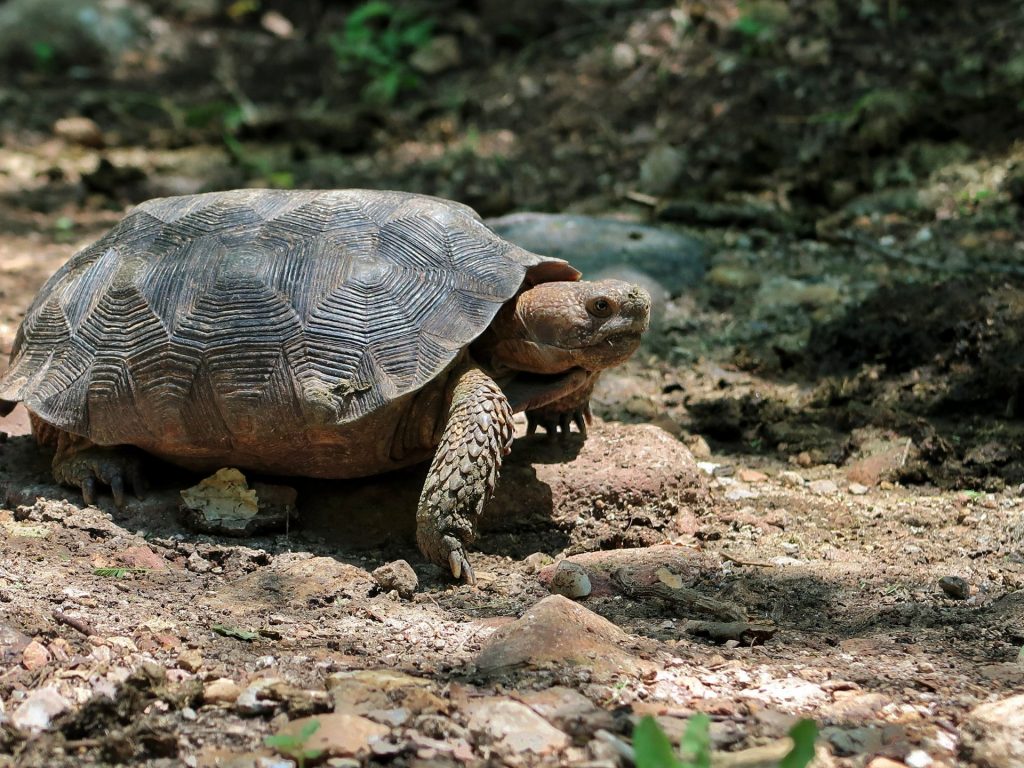Monte Mojino Reserve
Our 17,960-acre Monte Mojino Reserve is focused on protecting the best remaining tropical deciduous forests of southern Sonora, and the endangered species that call them home, in collaboration with the local communities.

Among ecologists and botanists, Nature and Culture’s Monte Mojino Reserve (ReMM) is considered one of the least fragmented, biologically diverse examples of tropical deciduous forests. Our goal is to expand the reserve to encompass 25,000 acres of spectacular scenery and biodiversity by purchasing key land parcels. This will conserve some of the last and best tropical deciduous or dry forests in North America – an ecosystem as endangered as the Amazon rainforest.
ReMM lies within the Alamos Federal Reserve, a federally protected area of roughly 247,000 acres established in 1996 and overseen by CONANP, Mexico’s National Commission of Natural Protected Areas. This area was established with the help of Alamos residents and covers the watershed of the Río Cuchujaqui, a pristine tributary of the Río Fuerte (the headwaters of which have been made famous by the Copper Canyon or Barranca del Cobre). It is home to five cat species, including the iconic jaguar, and the newly discovered Goode’s thornscrub tortoise, and provides important habitat to migrating birds.

Our reserve employs and trains local people to work as park guardians. Though many join our team with little formal education, they are now proficient in biology – identifying bird and plant species within the reserve and supporting the work of researchers from a variety of universities and organizations. They’ve also begun using GPS and camera trap technology so we can better determine the range of species within the reserve.
Conservation activities within ReMM include removing cattle when new properties are acquired, constructing and maintaining fences to prevent cattle grazing, and restoring understory vegetation. We also partner with the San Diego Zoo Institute for Conservation Research and the Universidad Michoacana de San Nicolás de Hidalgo to restore threatened and endemic palm species. In addition, we’re monitoring global climate change through a partnership with the Instituto Tecnológico de Sonora and conducting avian surveys in coordination with the Sonoran Joint Venture, Tucson Audubon Society, and the National Park Service. We are also collaborating with UCLA and the Center for Tropical Forest Science on a 123-acre monitoring plot to follow the population dynamics of trees and shrubs of the tropical deciduous forest. Mexico’s National Commission of Natural Protected Areas (CONANP) is assisting us with staff training, outreach, and field research.
Our current priorities are to expand the Monte Mojino Reserve by purchasing and conserving an additional 11,000-25,000 acres and to support CONANP, which aims to improve the management of the entire Alamos Federal Reserve. We are particularly focused on ensuring connectivity throughout the reserve and purchasing ranches in watersheds to protect regional water sources.


